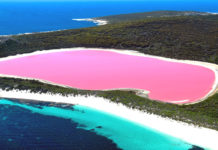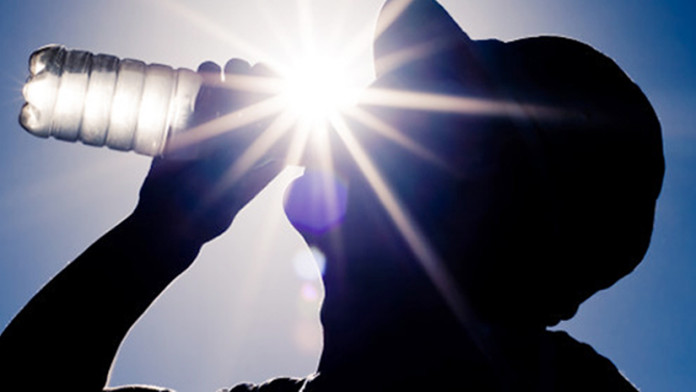Heat stroke is the most serious form of heat injury and is considered a serious medical emergency. Heat stroke can either kill or cause brain damage and damages to other internal organs. It is often a progression from milder heat-related illnesses such as heat cramps, fainting, and exhaustion.
 Heat stroke results from prolonged exposure to high temperatures and dehydration leading failure of the body’s temperature control system. Other common symptoms include nausea, seizures, confusion, disorientation, and sometimes loss of consciousness or coma.
Heat stroke results from prolonged exposure to high temperatures and dehydration leading failure of the body’s temperature control system. Other common symptoms include nausea, seizures, confusion, disorientation, and sometimes loss of consciousness or coma.
Symptoms of Heat Stroke:
•headache
•Dizziness and light-headedness
•Lack of sweating despite the heat
•Red, hot, and dry skin
•Muscle weakness or cramps
•Nausea and vomiting
•Rapid heartbeat, which may be either strong or weak
•Rapid, shallow breathing
•confusion, disorientation, or staggering
•Seizures
•Unconsciousness
First Aid:
 •Fan air over the patient while wetting his or her skin with water from a sponge or garden hose.
•Fan air over the patient while wetting his or her skin with water from a sponge or garden hose.
•Apply ice packs to the patient’s armpits, groin, neck, and back. Because these areas are rich with blood vessels close to the skin, cooling them may reduce body temperature.
•Immerse the patient in a shower or tub of cool water, or an ice bath.
Prevention of Heat Stroke:
 •Wear lightweight, light-colored, loose-fitting clothing, and cover your hairs with cap or scarf.
•Wear lightweight, light-colored, loose-fitting clothing, and cover your hairs with cap or scarf.
•Use a sunscreen with a sun protection factor (SPF) of 30 or more.
•Drink extra fluids to prevent dehydration,
•Take additional precautions when exercising or working outdoors.
•Reschedule or cancel outdoor activity. If possible, shift your time outdoors to the coolest times of the day, either early morning or after sunset.
•Monitoring the color of your urine. Darker urine is a sign of dehydration. Be sure to drink enough fluids to maintain very light-colored urine.
By:Archa Dave




























